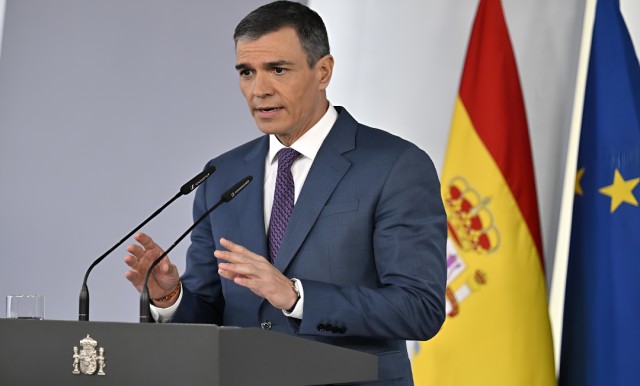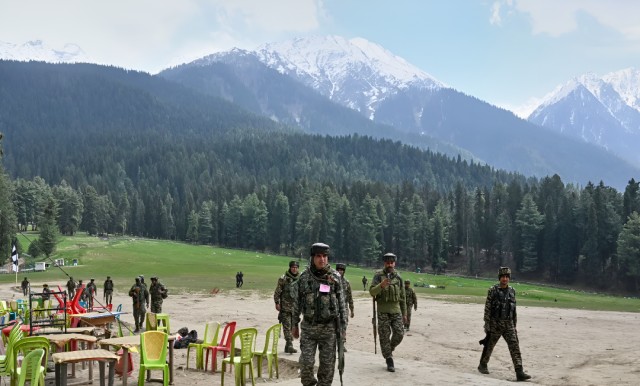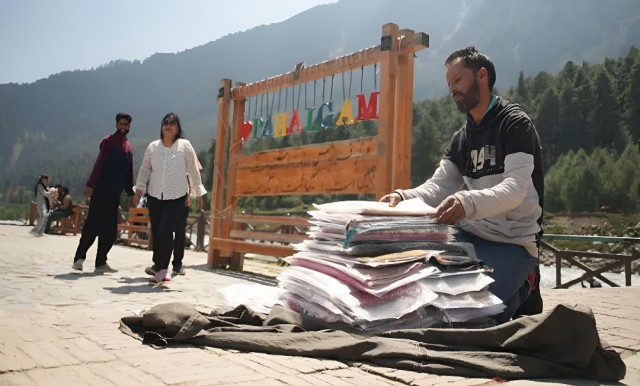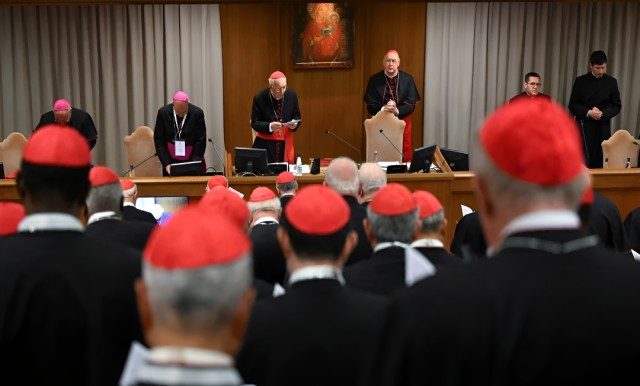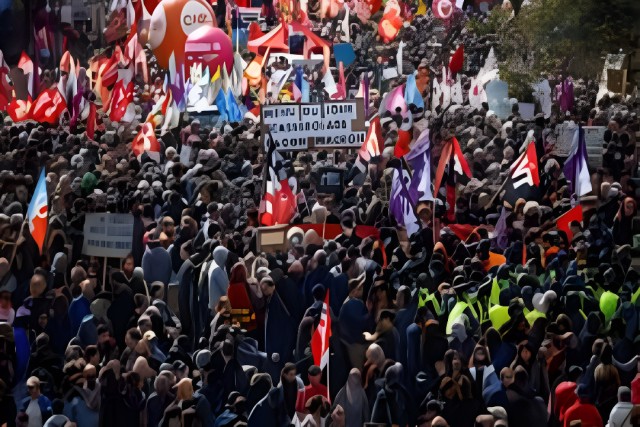
People attend the traditional May Day march against the French pension reform law and for social justice, in Nantes, France.
Across the United States, May Day protests brought together thousands of people rallying for workers’ and immigrants’ rights. This year’s events marked a continuation of the resistance against the Trump administration. Demonstrations occurred in nearly 1,000 cities, fueled by a shared frustration with the policies of the current government.
The May Day Protests Spark a Growing Resistance
May Day, an international day dedicated to workers, saw rallies led by hundreds of organizations. While the turnout was expected to be smaller due to the weekday timing, many cities from New York to Seattle witnessed significant participation. Protesters focused on calling out the administration’s stance on labor rights and its alignment with “billionaire profiteers.”
“This is a war on working people,” said a statement on the national day of action website. “We will not back down.” The message resonated with many, especially those affected by education cuts, the privatization of public services, and the targeting of immigrant families.
A Show of Solidarity in Major Cities
In Los Angeles, protesters began with an early morning rally before marching in support of workers and immigrants. In New York, the rallies spanned the day, with individuals voicing their concerns about the government’s treatment of vulnerable groups. Some expressed frustration with Columbia University’s collaboration with Trump’s demands.
“We’re fighting to protect the rights we’ve earned, and we won’t stop,” said Saidi Moseley, an organizer of the Union Square march. Betsy Waters, a retiree, joined the protests to make a stand. “What’s happening in our country is just not right,” she said.
Voices Against Systemic Injustice
In New York, Lydia Howrilka, a librarian, held a sign reading “only you can stop fascism,” standing in solidarity with immigrants and defending democracy. Grant Miner, expelled from Columbia University for supporting pro-Palestinian protests, spoke passionately about issues affecting workers, including cuts to higher education and targeting of student protests.
As Trump’s first 100 days in office drew to a close, the resistance movement continued to grow. Protesters organized to demand that Democrats take a stronger stand against the administration. Trump's approval ratings had significantly dropped, with a growing discontent among the public.
Immigrants and Workers United
At the heart of the protests was the message that immigrants and workers are inseparable in the fight for justice. The May Day protest website emphasized, “Immigrants are workers, and workers are immigrants. Our fight for fair wages, safe workplaces, and dignity on the job is the same fight for immigrant justice.”
The protests were especially relevant as Trump’s administration had ramped up deportations, even targeting individuals who were legally protected from removal.
A Call for Action in Washington D.C.
In Washington D.C., organizers expected up to 3,000 people to gather for a rally advocating for job safety, legal protections, and an end to unjust deportations. Cathryn Jackson of Casa, an organization providing services to immigrant and working-class families, highlighted the cruelty of deportations, with people being taken from the streets in violent and unfair ways.
“We won’t stop fighting back against this administration,” Jackson said. The rally also featured María del Carmen Castellón, who spoke about the tragic death of her husband in the Baltimore Key Bridge collapse, an incident that highlighted the dangerous working conditions faced by immigrant construction workers.
A Show of Strength Across the Country
In Chicago, Jorge Mújica, an organizer for Arise Chicago, noted that the Trump administration’s attacks on multiple groups had led to a broad coalition of activists. From labor unions to students and federal workers, the protests united diverse communities in the fight for workers’ and immigrants’ rights.
“We have built a movement,” Mújica said, reflecting on the widespread support the protests had gathered. The May Day demonstrations were not just a one-day event, but a symbol of a larger, ongoing struggle for justice.
Unyielding in the Face of Adversity
As the Trump administration continues to target marginalized communities, the resilience of workers and immigrants remains unshaken. May Day 2025 marks another chapter in the fight for dignity, respect, and justice for all Americans—regardless of their background or origin. The resistance is alive and well, with protesters determined to continue standing up for their rights and the rights of others.






